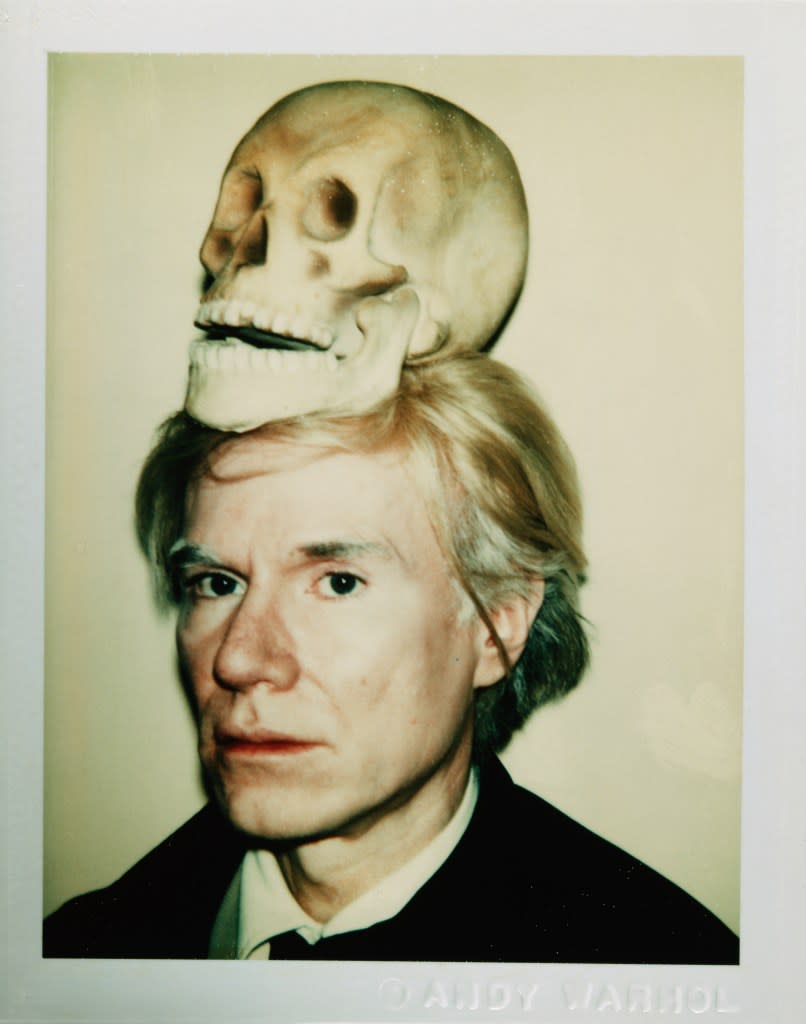Inside the glamorous life and tragic death of Warhol-muse Candy Darling

- Oops!Something went wrong.Please try again later.
- Oops!Something went wrong.Please try again later.
Fifty years after her death at 29, Candy Darling – born Jimmy Slattery, of Massapequa, Long Island – is finally getting the star billing the Andy Warhol underground film star and transgender icon has long deserved.
As Cynthia Carr writes in her 418-page biography, Candy Darling: Dreamer, Icon, Superstar [Farrar, Straus and Giroux], Candy “was the beauty queen who didn’t belong and never would….Anyone gender nonconforming – a term never used in Candy’s day – was lumped under the label “queer.” And that was a slur.”
Candy died in 1974 – broke and with bad teeth — of lymphoma, believed caused by the carcinogenic female hormones she pumped into her body. Her often tragic life is being resurrected for the first time by Carr.

In Massapequa, Candy was raised in a dysfunctional family, a mother ashamed of him, and an angry father. To escape his lonely and repressed life, he modeled himself after glamor queens like Lana Turner and Kim Novak.
“Candy just knew she was a female and had always been,” writes the author.
She escaped to the city where she changed her name and worked in Off-Off-Broadway productions, cast because of her feminine looks, a mix of Brigitte Bardot and Audrey Hepburn, writes Carr.
When not working, Candy crashed on grubby couches in friends’ apartments and in cheap hotels, usually broke and hungry. To make money, she turned tricks. Carr reveals that Candy carried Tampax in her purse and told Johns she was having her period and could only perform orally. She never had sex reassignment surgery.
A star of sorts was born when the pop artist-entrepreneur Andy Warhol discovered her, and soon Candy Darling had top billing in Warhol’s curious underground films “Flesh” and “Women in Revolt.”
Soon enough, Darling became the center of attraction with the elite downtown crowd of the era: Sylvia Miles, Lily Tomlin and Jane Fonda, among them. When Fonda and her director husband Roger Vadim split, Darling had a “hurtful brief affair” with him, according to the author.
“I have lived most of my life starving for affection,” was one of Candy Darling’s sad final notations in her diary.
All she wanted, writes Carr, was someone to love her and a house in the suburbs with a white picket fence.
—Caroline Howe

